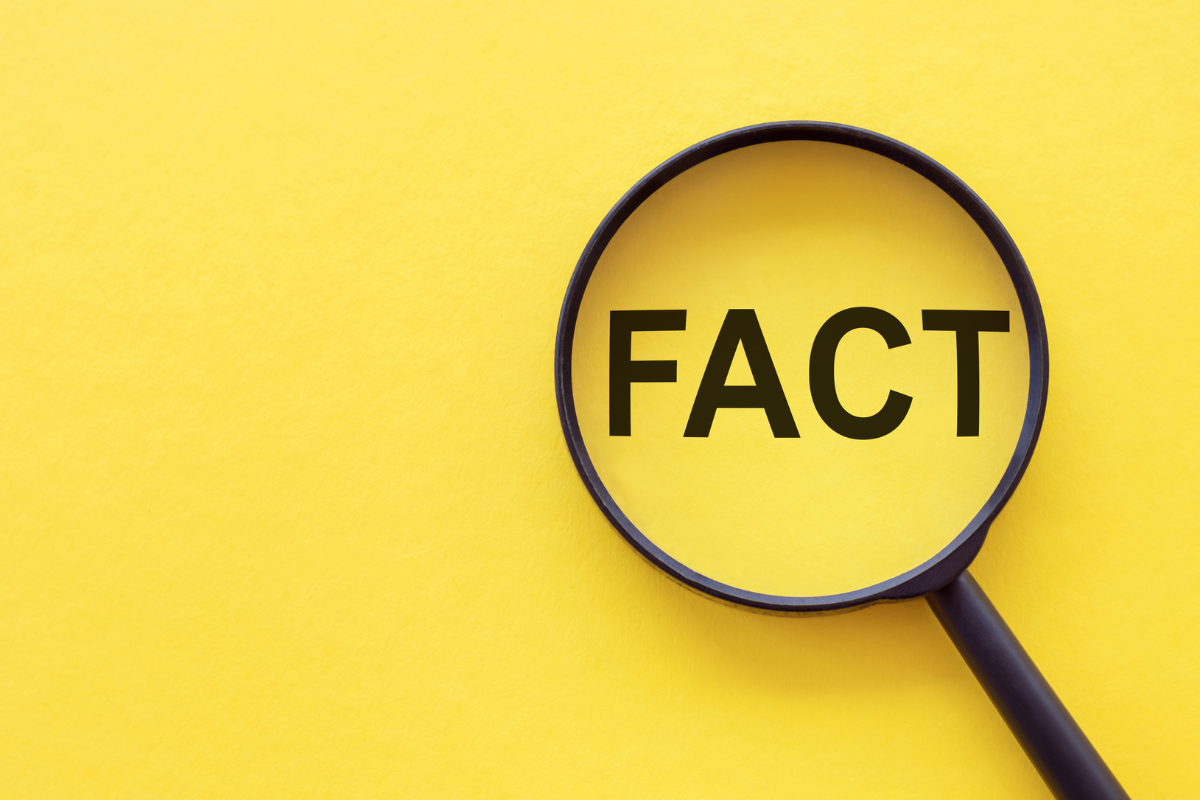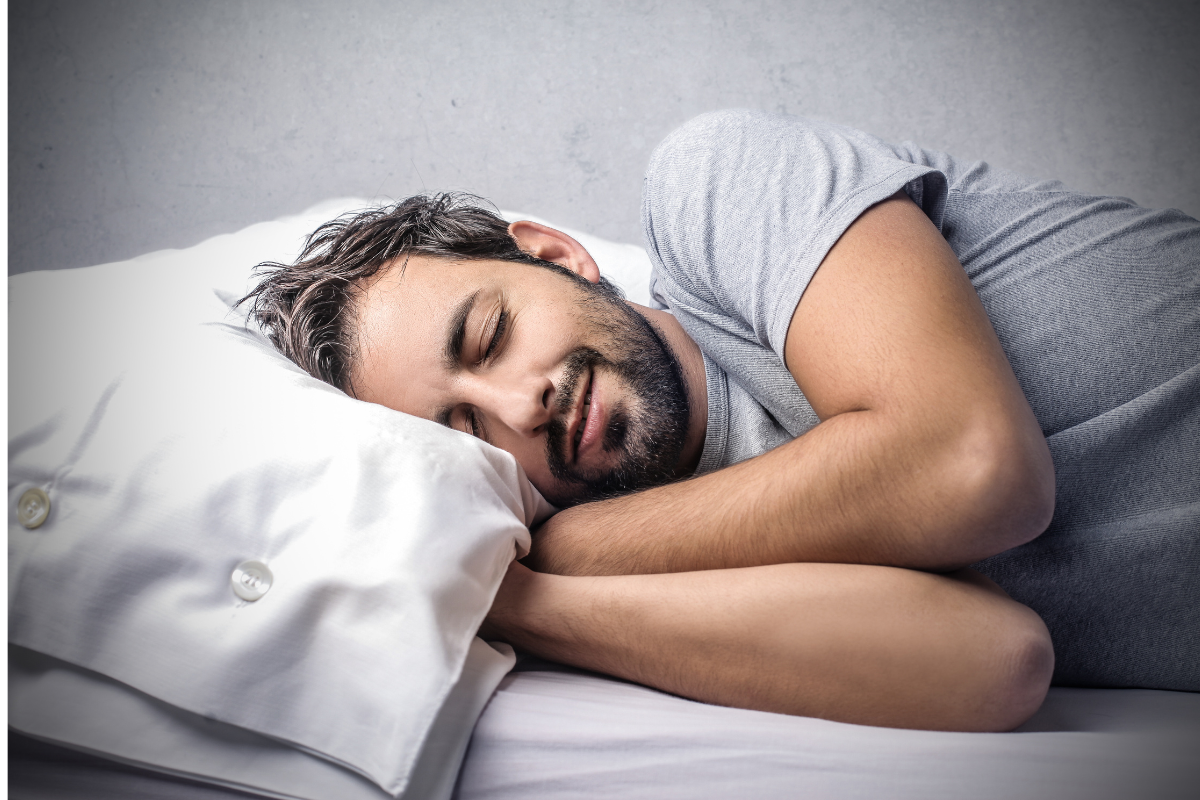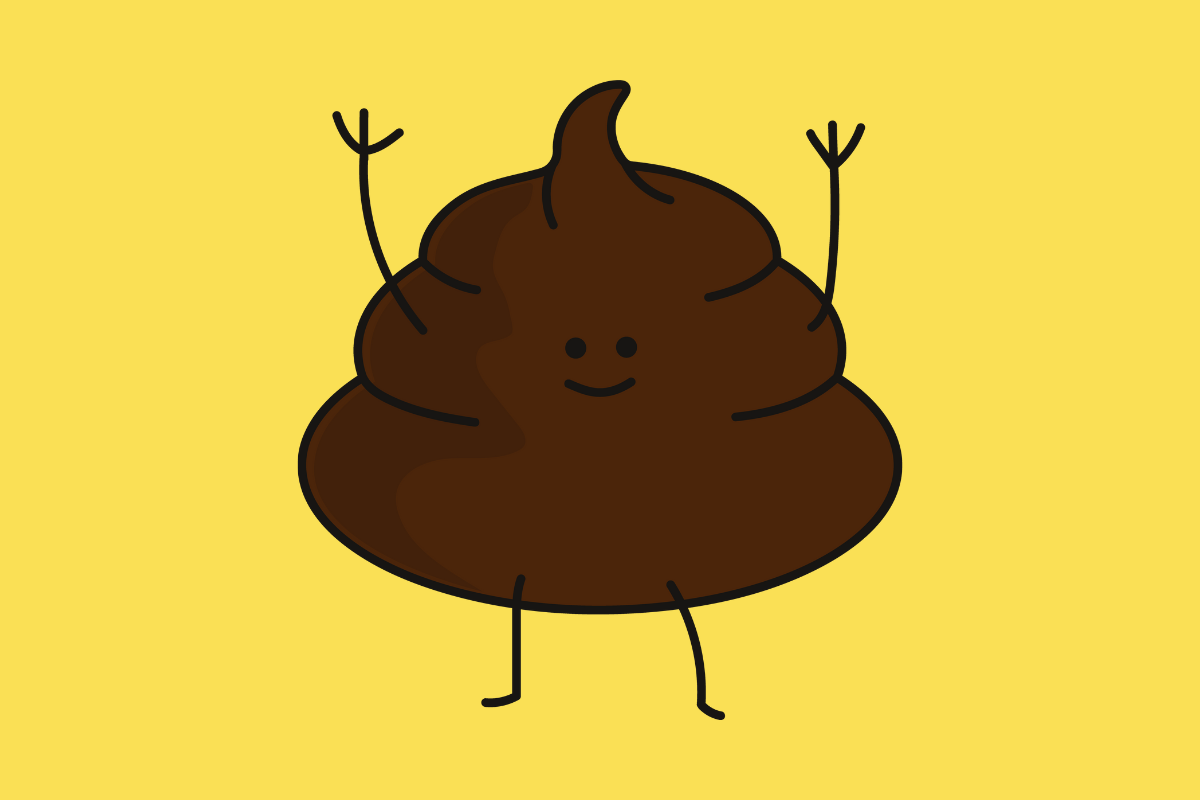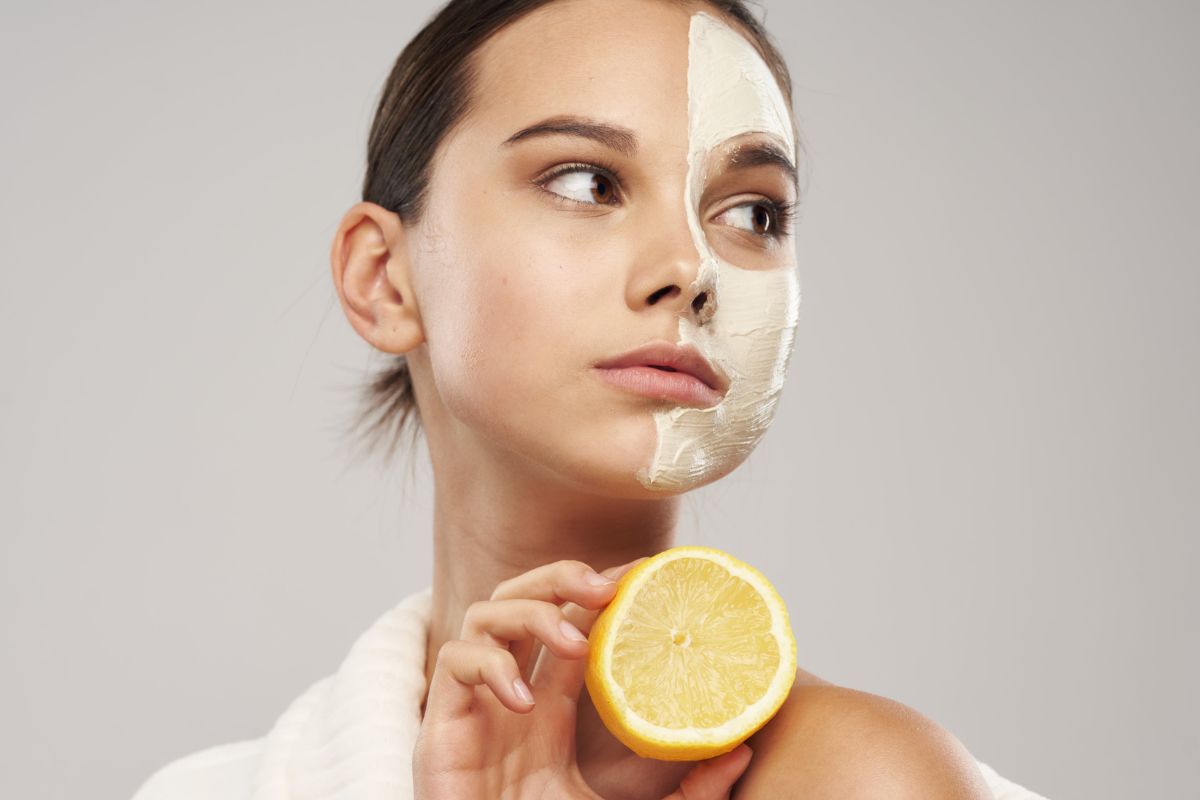Farting, a natural bodily function, is something we’ve all experienced at some point in our lives. While it may be a bit embarrassing to discuss openly, there’s more to flatulence than meets the nose. In this article, we’ll delve into 12 fascinating and lesser-known facts about farting that will leave you both amused and informed.
The Gas That Sneaks Up on You
Have you ever wondered why some farts seem silent but deadly? It turns out that the gas responsible for such sneak attacks is hydrogen sulfide, which is odorless in small quantities. So, while it may not make a sound, it can certainly clear a room!
The Musical Fart
Some farts produce a musical note-like sound when expelled. This happens due to the vibrations of the anal sphincter. The pitch and tone can vary from person to person, making every fart a unique performance.
The Science Behind Fart Smells
The odorous aspect of flatulence is primarily due to sulfur-containing compounds like methyl mercaptan and dimethyl sulfide. These compounds give farts their distinct, sometimes unpleasant aroma.
Farting is Healthy
Contrary to popular belief, farting is a sign of a healthy digestive system. It indicates that your gut bacteria are actively breaking down food, which is essential for nutrient absorption.
Termed the “Flatus Cycle”
Farting is part of a natural cycle known as the “flatus cycle.” This cycle includes the ingestion of air, the production of gases in the digestive tract, and the eventual expulsion of those gases through flatulence.
Men vs. Women
Studies have shown that men tend to fart more than women on average. This difference may be attributed to variations in diet, digestive physiology, and social factors.
Farting While Asleep
It’s not uncommon to let out a fart while you’re asleep. This happens because your body is still digesting food, and the muscles that control gas release relax during sleep.
Holding in Farts
While it may be polite to hold in a fart in certain situations, doing so excessively can lead to discomfort and even pain. The gas has to go somewhere, and holding it in can cause bloating and abdominal cramps.
Farts Travel at a Surprising Speed
When you let one rip, the expelled gas can travel at speeds of up to 10 feet per second. This rapid release is why it’s challenging to pinpoint the exact source of a fart in a crowded room.
The Fart’s Role in History
Throughout history, farts have played a prominent role in literature, folklore, and comedy. From Shakespeare to modern stand-up comedians, flatulence has been a source of humor and fascination for centuries.
The Fart That Saved a Life
Believe it or not, there’s a documented case of a fart saving a life. In 2016, a pilot’s timely fart masked the smell of a gas leak on a plane, preventing a potential explosion.
Farts and Emotions
Farting can sometimes be triggered by emotional factors such as anxiety or nervousness. This is because the body’s stress response can affect the digestive system.
Farting Across Cultures
The way different cultures perceive and react to farting varies widely. Some cultures find it humorous, while others consider it taboo. Understanding these cultural differences can be essential when traveling.
Conclusion
Farting, though often the subject of jokes and embarrassment, is a fascinating and entirely natural bodily function. From its composition to its historical significance, there’s more to flatulence than meets the eye (or nose). Embrace the occasional toot as a sign of a healthy digestive system and a source of amusement in the human experience.



